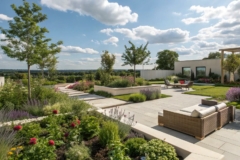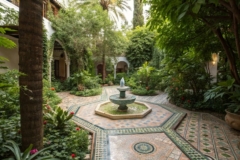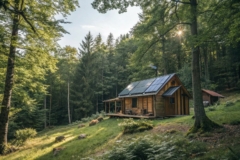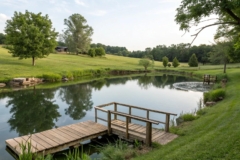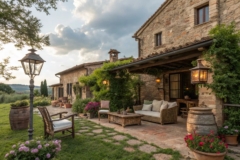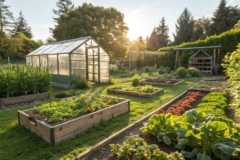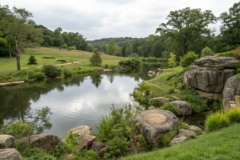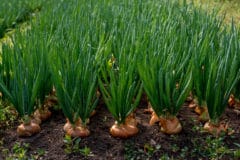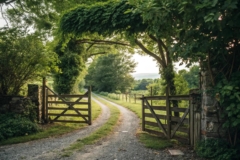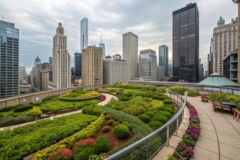1. Energy-Efficient LED Lighting
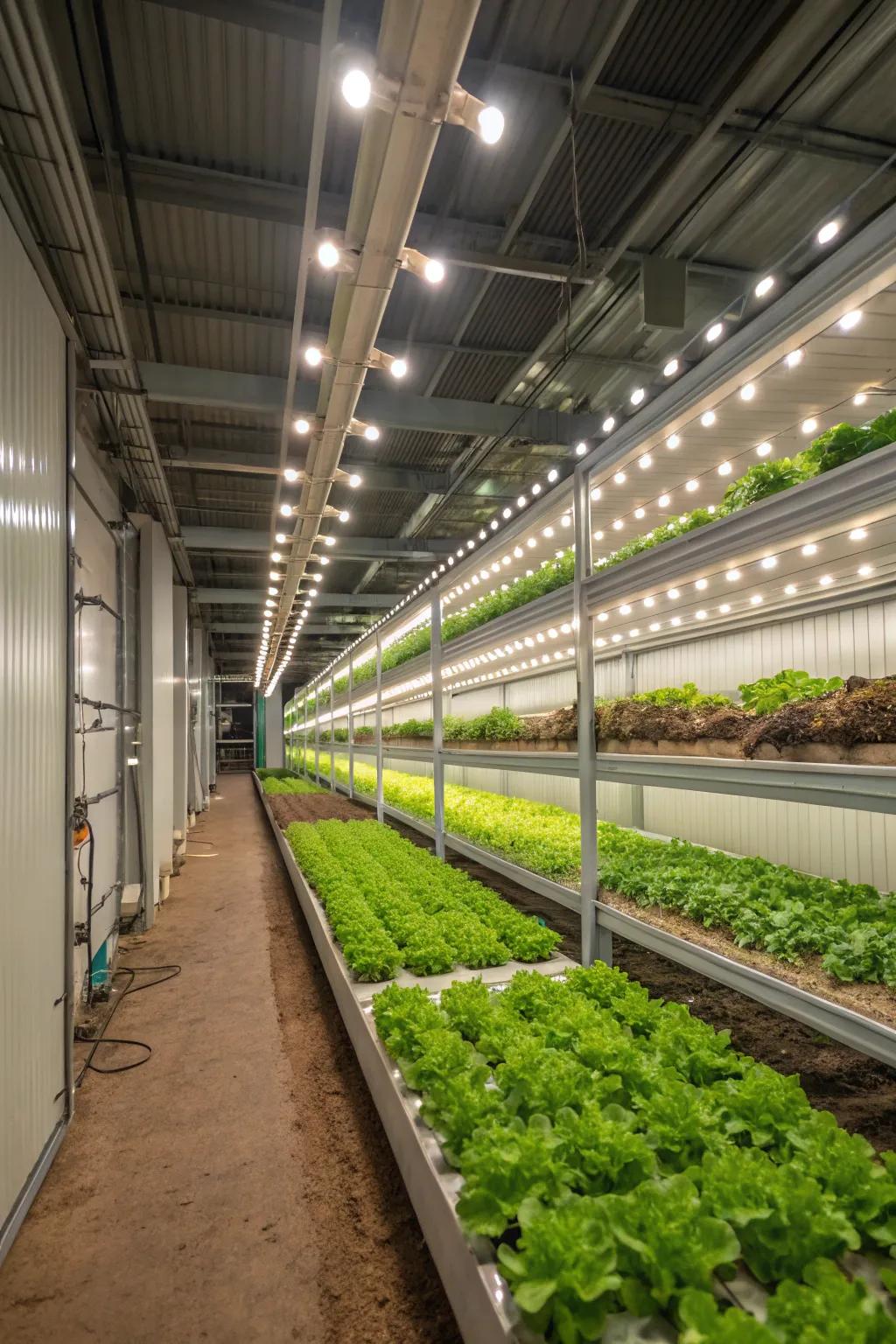
Using LED lighting in your underground farm can save energy while providing the right light spectrum for plant growth. I switched to LEDs, and my plants have never been happier!
Some ideas to consider:
- Full Spectrum LED Grow Light: Enhance plant growth with energy-efficient full spectrum light. Ideal for any indoor farming setup.
- Adjustable LED Grow Light Panel: Optimize light direction with this adjustable panel. Perfect for dynamic underground farm environments.
- Energy-Saving LED Grow Light Bulbs: Save energy and boost plant health with LED bulbs. Suitable for various underground farm systems.
2. Subterranean Urban Farms
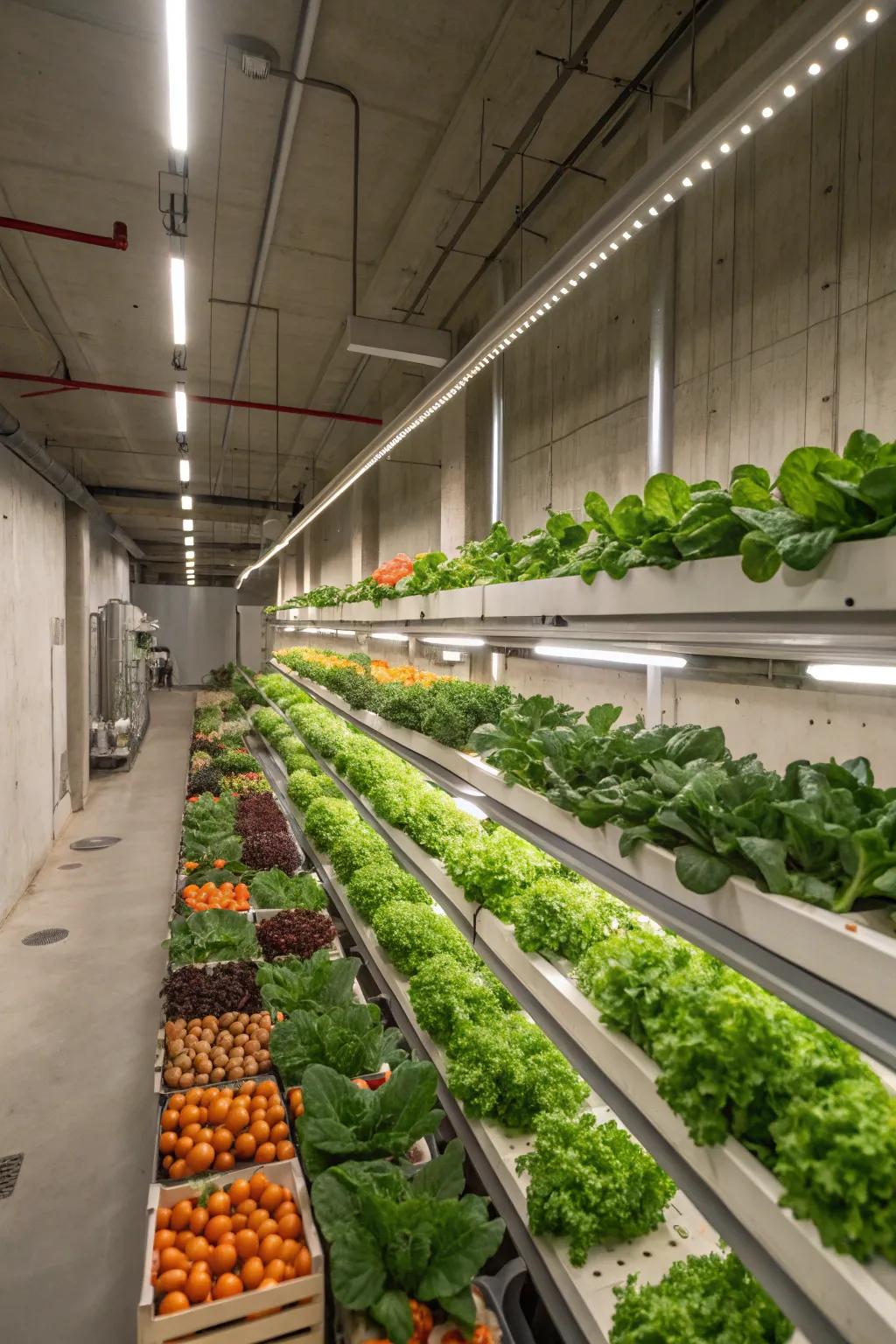
Creating urban farms underground can bring fresh produce closer to city dwellers. I helped set one up in a city basement, and the community loved the fresh, local produce.
Products that could assist:
- LED Grow Lights: Enhance plant growth with efficient LED grow lights ideal for underground farming setups.
- Vertical Hydroponic System: Maximize space with a vertical hydroponic system to grow fresh produce close to home.
- Organic Plant Nutrient Solution: Boost your vegetables with a balanced organic nutrient solution for healthy, robust growth.
3. Repurposed Urban Spaces
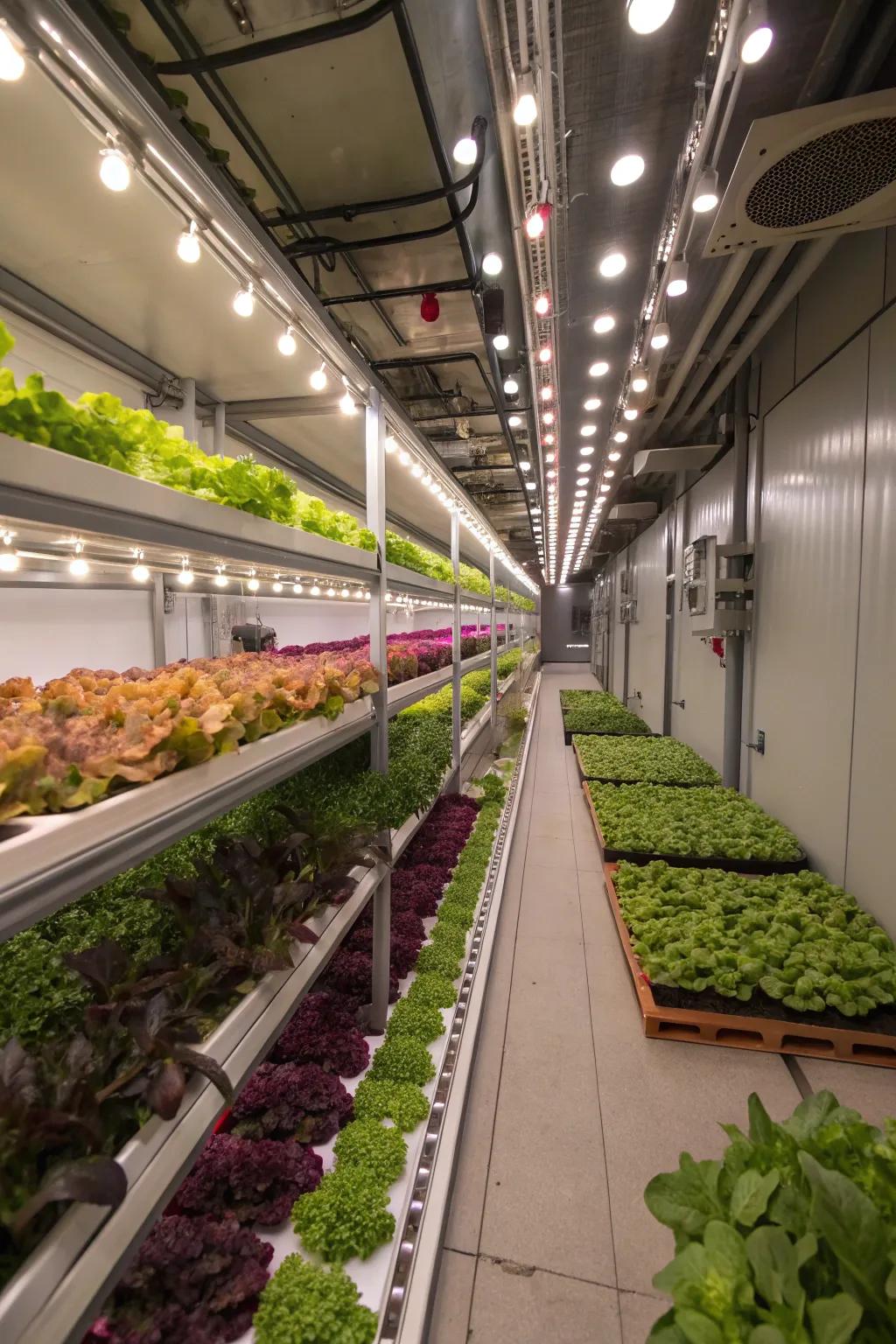
Consider turning unused urban spaces like bunkers or basements into productive farms. I once collaborated on a project in an abandoned parking garage, and the transformation was stunning!
Items that may come in handy:
- LED Grow Lights: Enhance plant growth with energy-efficient LED grow lights ideal for indoor farming setups.
- Hydroponic System Kit: Maximize space efficiency by using a hydroponic system for your underground farm project.
- Vertical Farming Shelves: Utilize vertical space with shelving units designed for productive urban indoor farming.
4. Water Recycling Systems
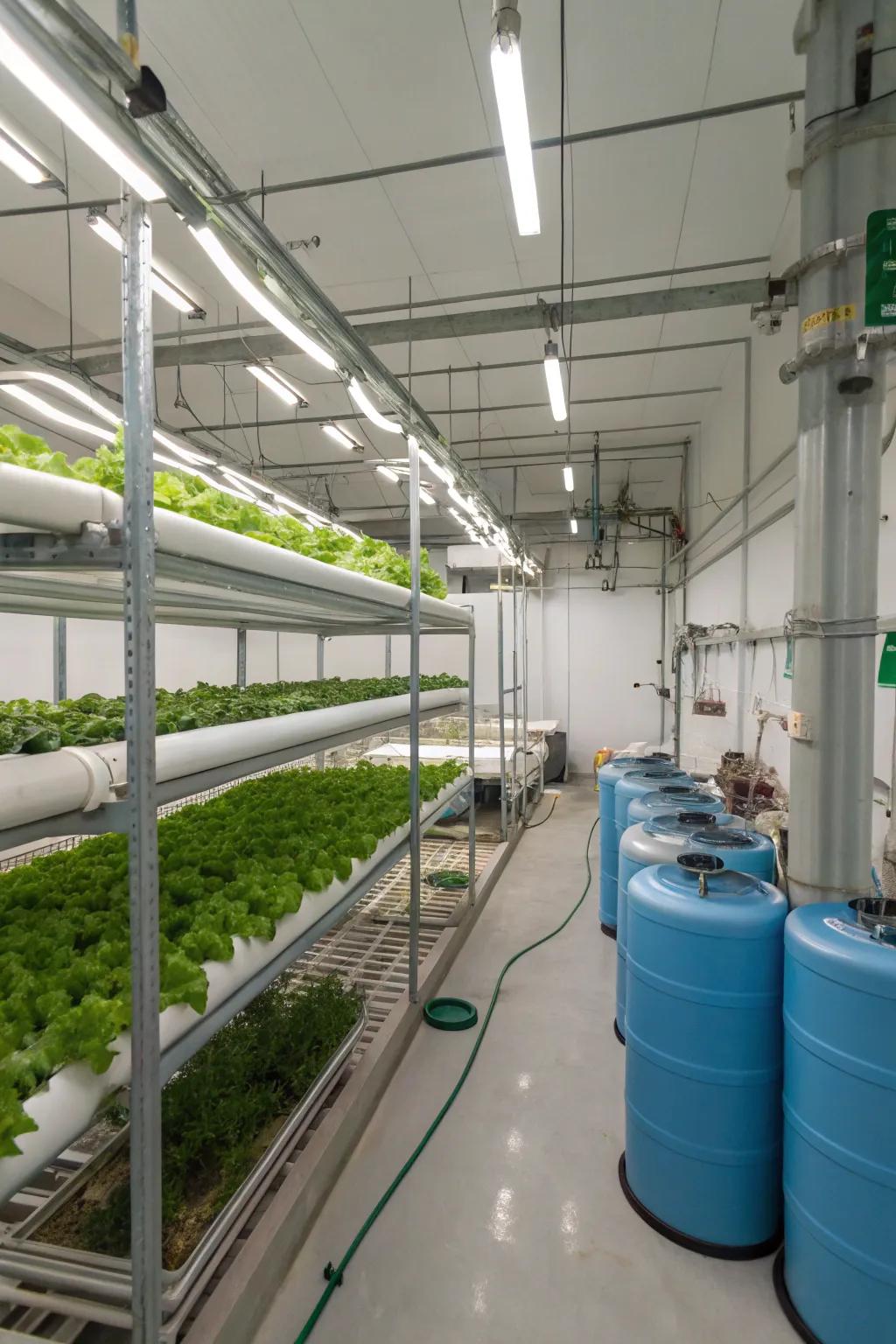
Implementing a water recycling system can make your underground farm more sustainable. I use a closed-loop system, and it significantly reduces water waste.
Check these products out:
- Hydroponic Water Filtration System: Enhance water purity in your farm with this reliable filtration system, reducing impurities effectively.
- Rainwater Harvesting Barrel: Collect and recycle rainwater efficiently for sustainable underground farming with this durable barrel.
- Submersible Water Pump: Ensure consistent water flow with a high-quality submersible pump, perfect for closed-loop systems.
5. Vertical Hydroponic Towers
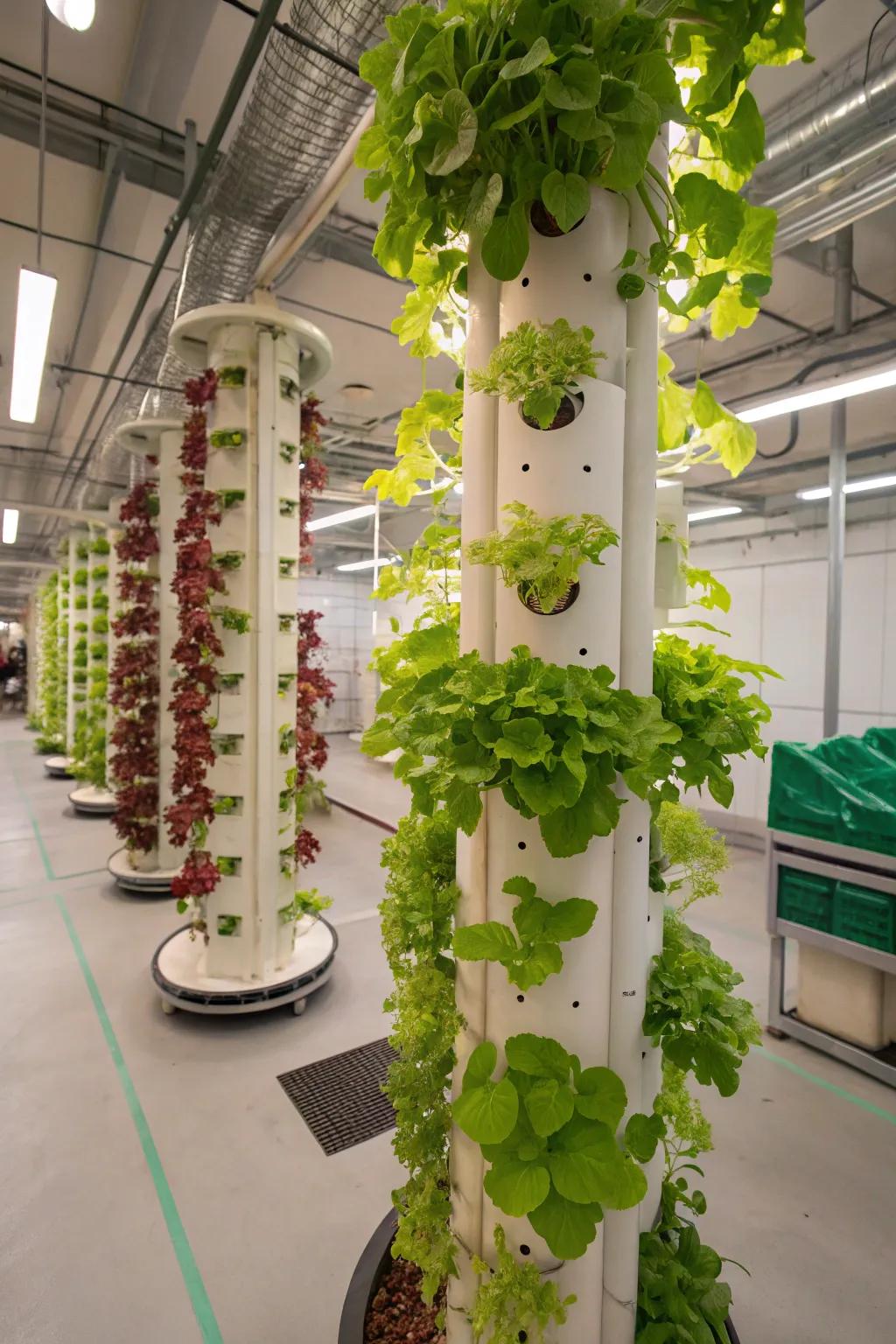
One of my favorite ideas is the vertical hydroponic tower, which maximizes space by growing plants in vertical stacks. I once visited an underground farm in Austin that used these towers, and the yield was simply incredible!
A few relevant products:
- Hydroponic Tower System: Maximize your growing space vertically with this efficient hydroponic tower system.
- LED Grow Light for Vertical Farms: Boost plant growth with energy-efficient LED grow lights designed for vertical farms.
- Nutrient Solution for Hydroponics: Ensure optimal plant health with this specialized nutrient solution for hydroponic systems.
6. Multi-Level Underground Farms
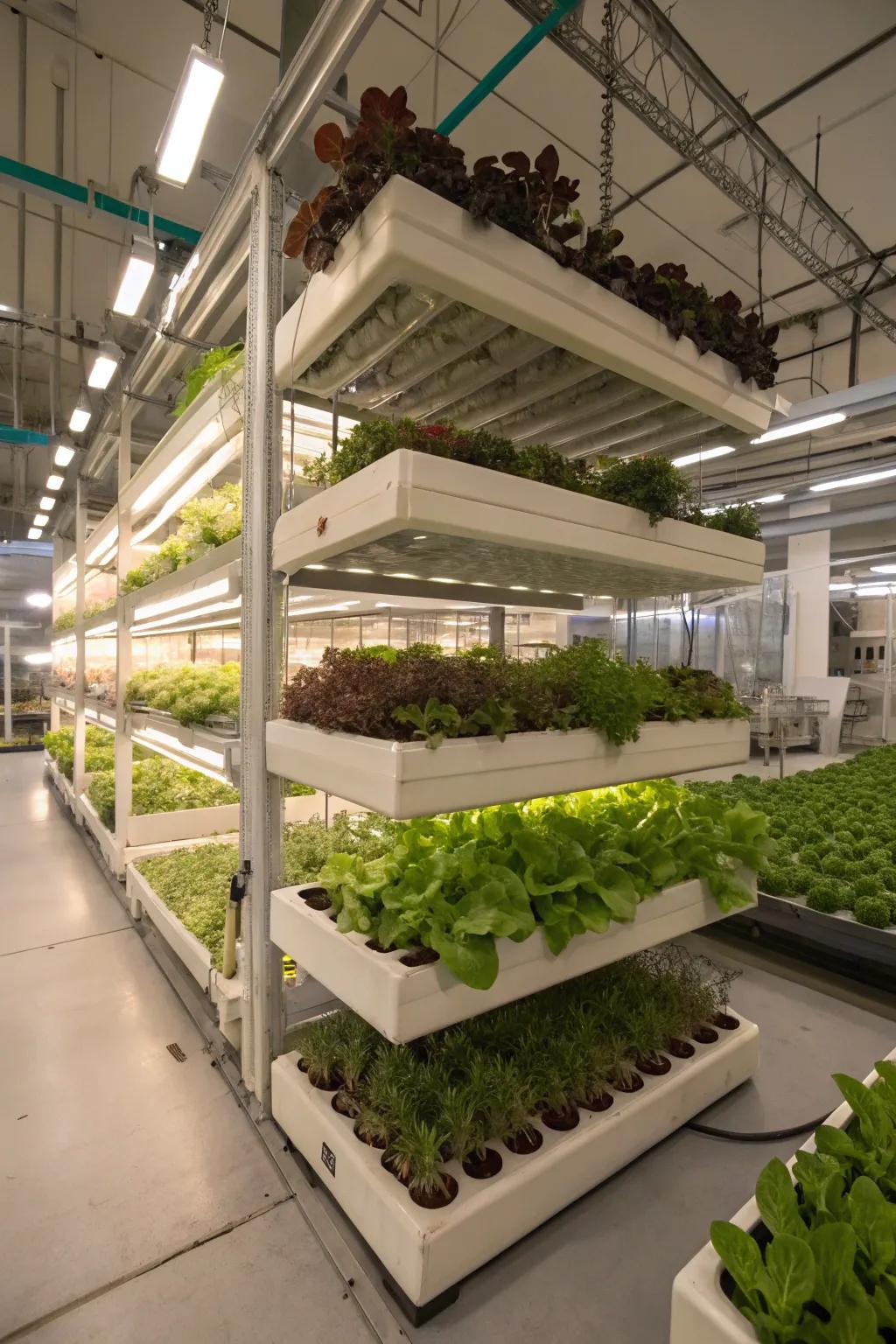
Developing a multi-level underground farm can dramatically increase your growing capacity. I expanded mine this way, and it’s like having a multi-story garden below ground!
A few helpful options:
- Vertical Hydroponic Growing System: Maximize your yield with a vertical hydroponic system for efficient, soil-free growth.
- LED Grow Light Panels: Ensure optimal plant growth with energy-efficient LED grow light panels designed for multiple levels.
- Automated Drip Irrigation Kit: Maintain consistent watering with an automated drip irrigation kit, perfect for multi-level setups.
7. Subterranean Flower Beds
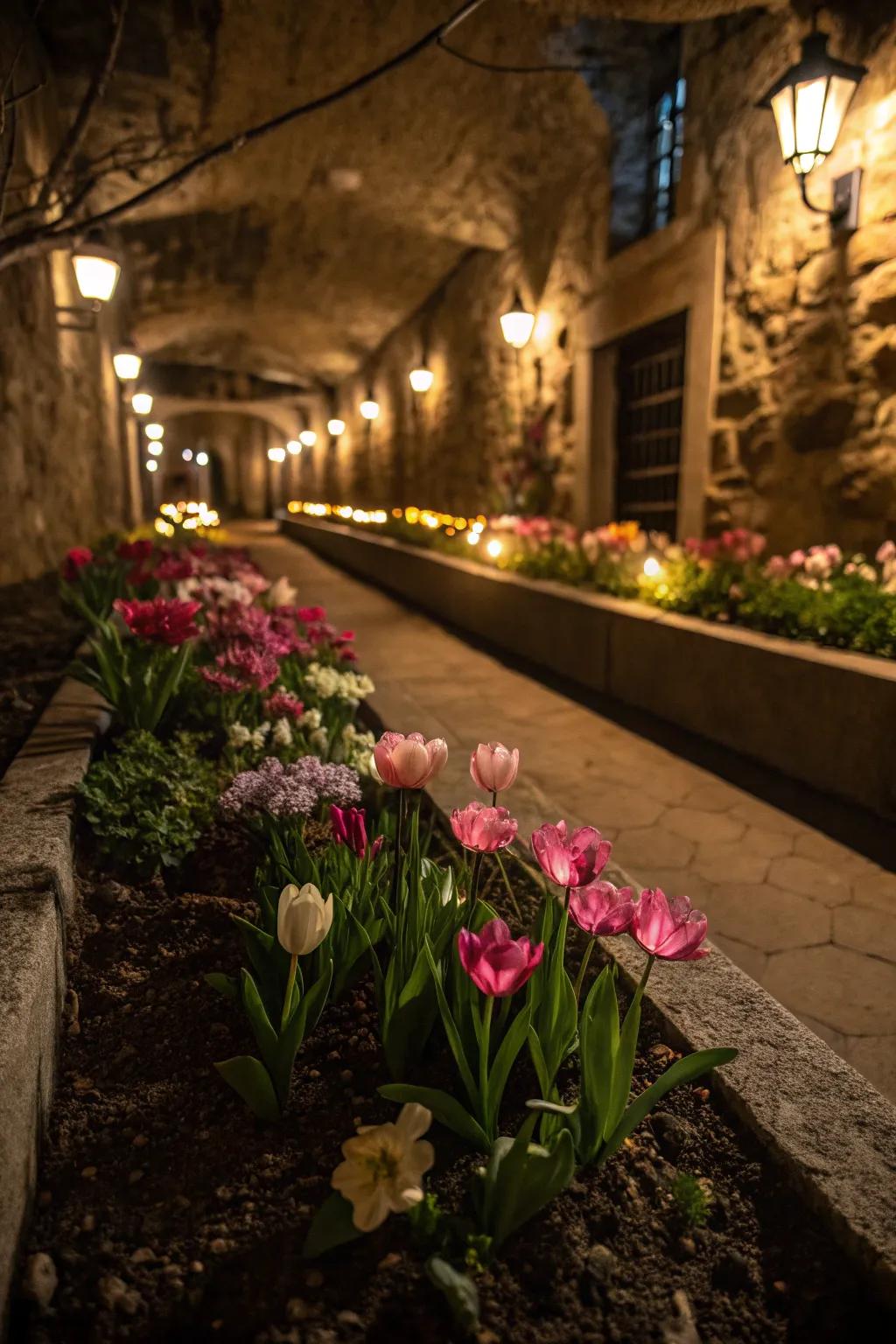
Planting flower beds underground can add a splash of color to your hidden oasis. I experimented with this in a cellar space, and the results brightened my day every time I visited.
Maybe worth checking out:
- LED Grow Lights: Illuminate your underground flower garden with efficient LED grow lights for vibrant blooms year-round.
- Automatic Drip Irrigation Kit: Maintain perfect moisture for your underground flower beds with an easy-to-install drip irrigation system.
- Organic Potting Mix: Boost plant health underground with rich, organic potting mix ideal for lush flower growth.
8. Integrated Living Spaces
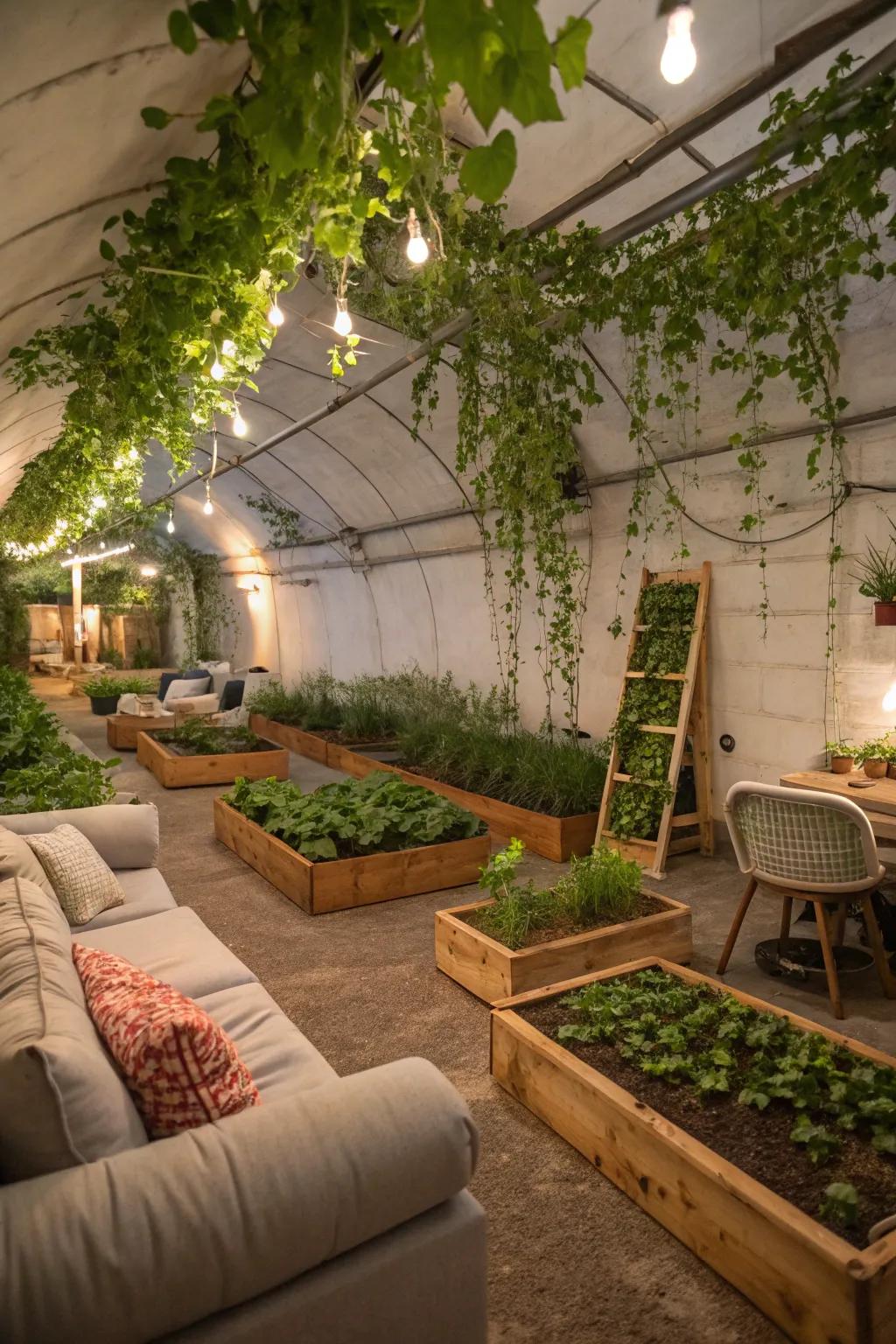
Why not integrate your farm with living spaces? I designed a cozy nook in my underground farm where I can relax and enjoy the greenery—it’s my little escape from the world.
A few things you might like:
- LED String Lights: Illuminate your cozy nook with warm LED string lights, creating a serene and inviting atmosphere.
- Indoor Plant Shelves: Organize your greenery with stylish plant shelves, enhancing beauty and accessibility in your space.
- Comfortable Lounge Chair: Relax in a comfortable lounge chair that complements your cozy escape in the farm setting.
9. Geothermal Heated Farms
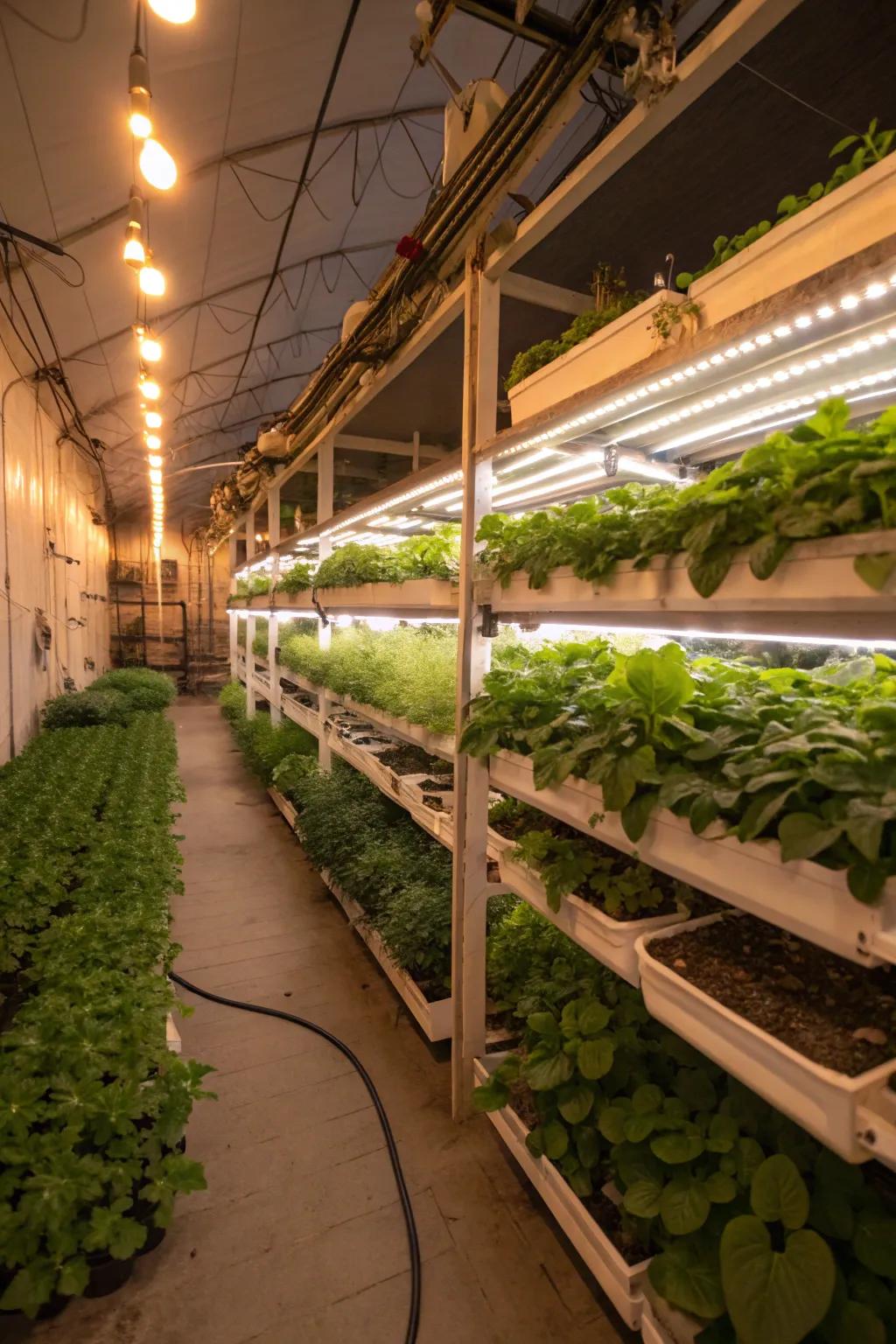
Utilizing geothermal heating can make your underground farm energy-efficient. I integrated this into my setup, and it keeps my plants thriving even in the coldest months.
Consider these options:
- Geothermal Heating System Kit: Install a geothermal heating system to keep your underground farm warm and energy-efficient.
- LED Grow Light Panels: Enhance plant growth indoors with energy-efficient LED panels designed for underground farming.
- Hydroponic Growing System: Optimize space and resources with a hydroponic system ideal for underground farming setups.
10. DIY Underground Gardens
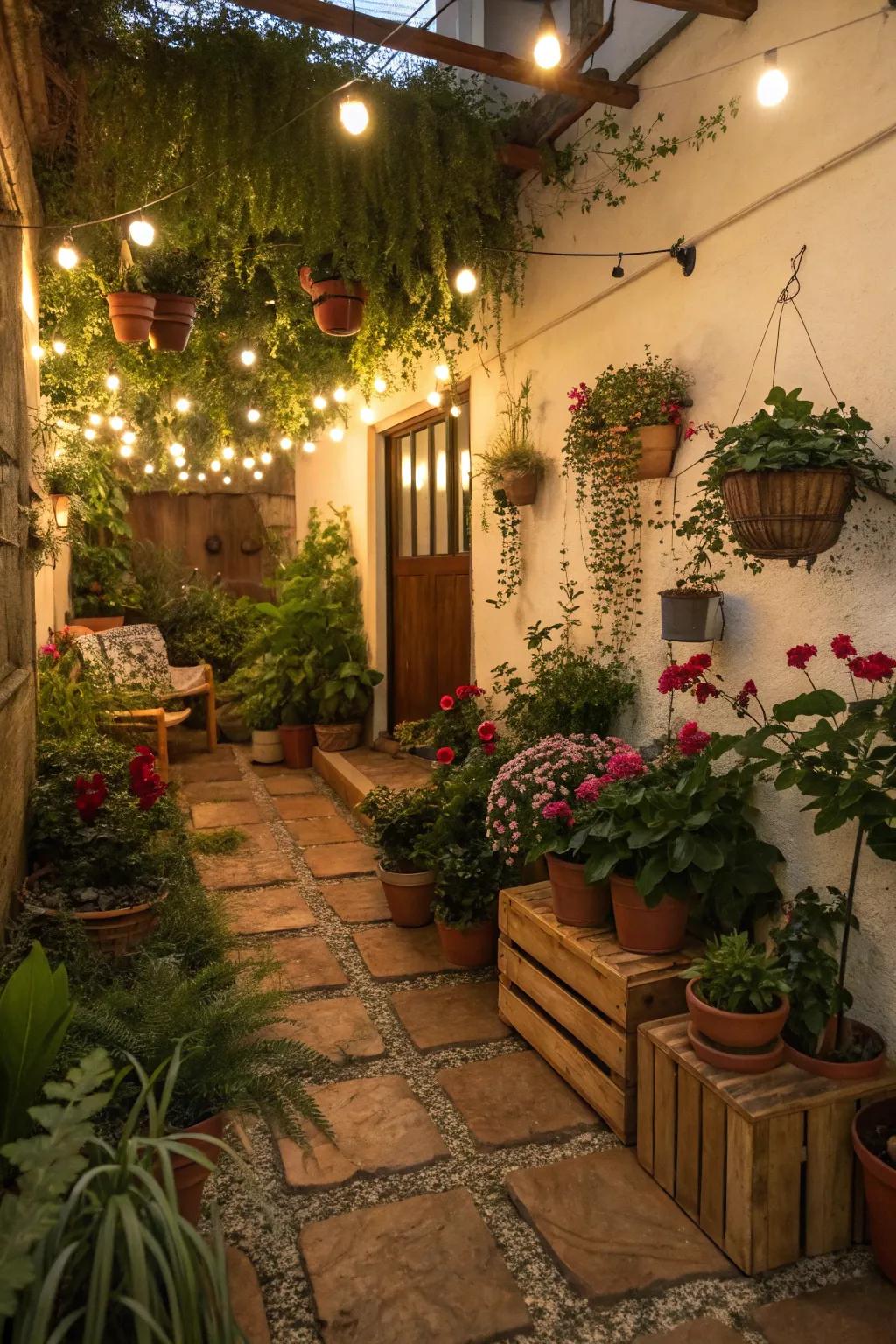
If you’re a DIY enthusiast, creating your own underground garden can be a fulfilling project. In my own experience, building one under my home was both challenging and rewarding!
Possibly handy products:
- LED Grow Lights: Bring optimal sunlight to your underground garden and boost plant growth effortlessly!
- Hydroponic Planting Kit: Cultivate your underground oasis efficiently with a versatile hydroponic system for thriving plants.
- Wall Planters: Maximize space with stylish wall planters, perfect for vertical gardening in tight areas.
11. Creative Crop Layouts
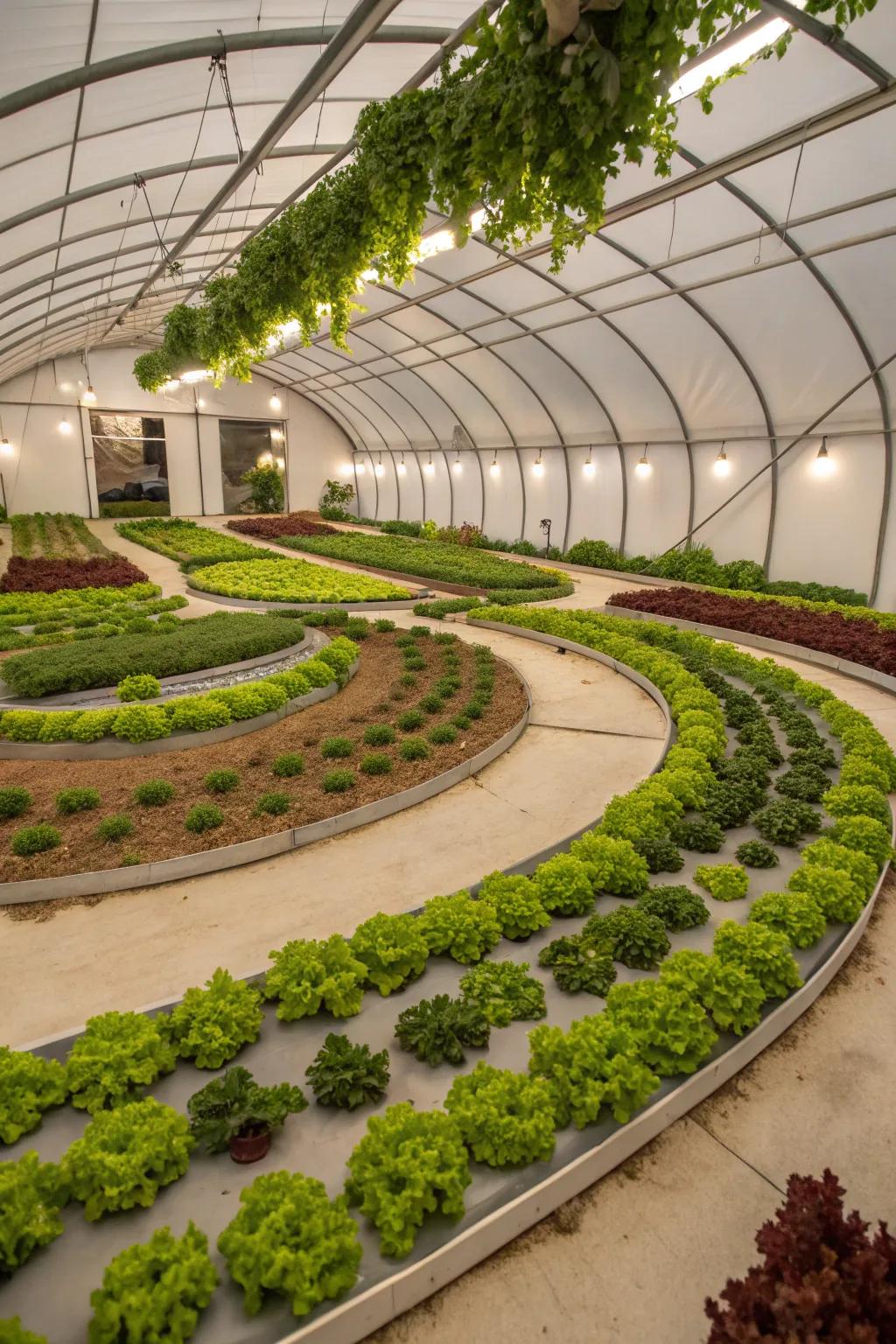
Experiment with creative crop layouts to maximize your underground space. I once designed a spiral planting pattern, and it not only saved space but also looked spectacular!
Some handy options:
- Spiral Garden Planter: Transform your underground space with a spiral planter. Optimize space and enhance aesthetics easily.
- LED Grow Lights: Boost plant growth in your underground farm using energy-efficient LED grow lights for consistent yields.
- Modular Hydroponic System: Implement a hydroponic system to improve growth efficiency and maximize underground space effectively.
12. Subterranean Greenhouses

Why not build a subterranean greenhouse to harness the earth’s natural insulation? I experimented with this concept, and the temperature control was a game-changer for my winter crops.
Check if these fit your needs:
- LED Grow Lights: Boost plant growth in low-light conditions with energy-efficient LED grow lights for your greenhouse.
- Greenhouse Ventilation Fans: Ensure optimal air circulation and temperature control with reliable greenhouse ventilation fans.
- Solar-Powered Irrigation System: Automate watering and conserve energy with a solar-powered irrigation system for your underground farm.
13. Underground Root Cellars
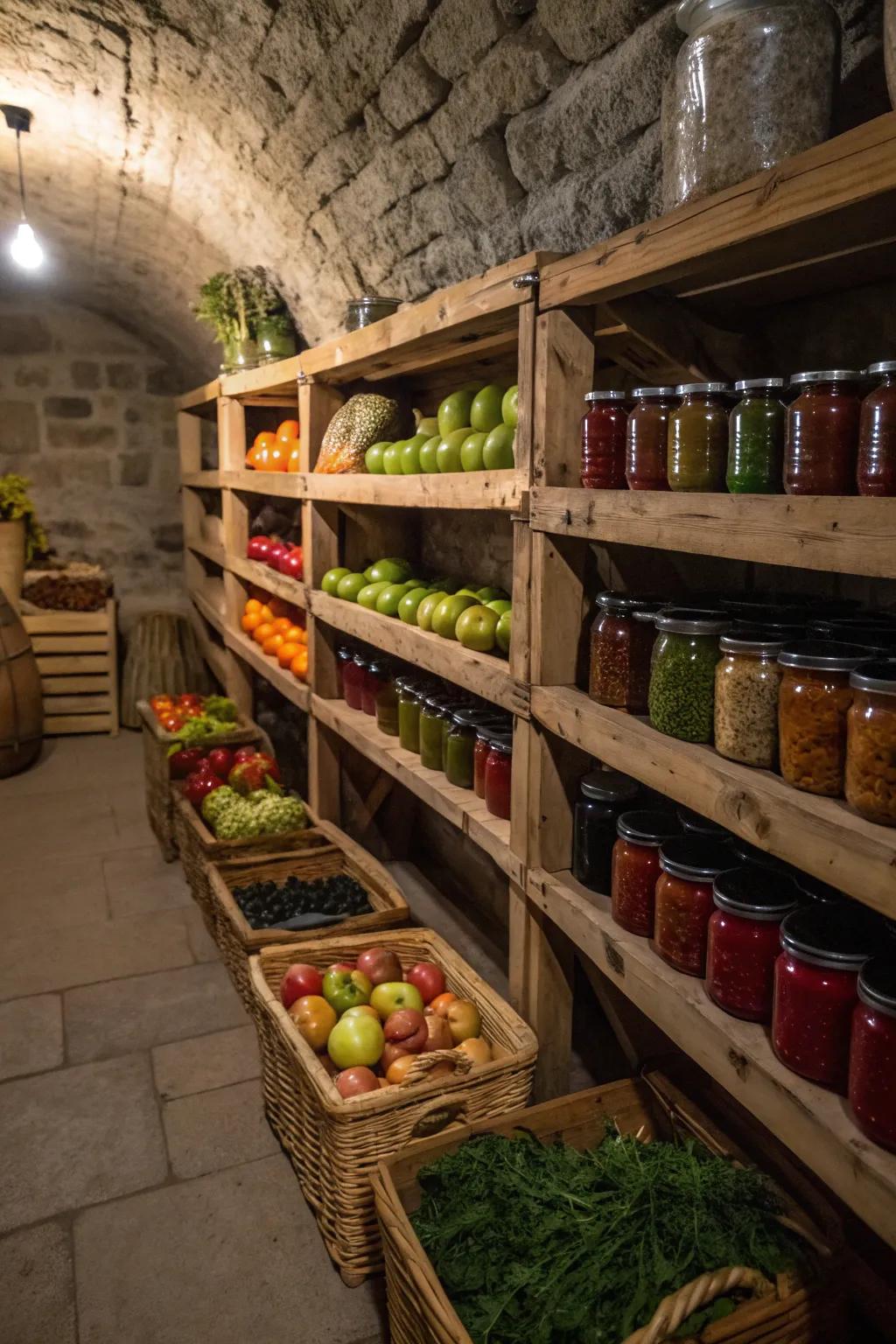
Turn your underground space into a root cellar to store produce. I added one to my setup, and it’s the perfect place to keep my harvest fresh all year long.
A few choices to try:
- Adjustable Wooden Storage Shelves: Maximize your cellar space with adjustable shelves for efficient produce storage and easy access.
- Moisture-Resistant Storage Bins: Keep your harvest fresh by using bins designed to resist moisture and maintain optimal conditions.
- Temperature and Humidity Monitor: Ensure optimal storage conditions by monitoring your root cellar’s temperature and humidity levels.
14. Solar-Powered Underground Farms
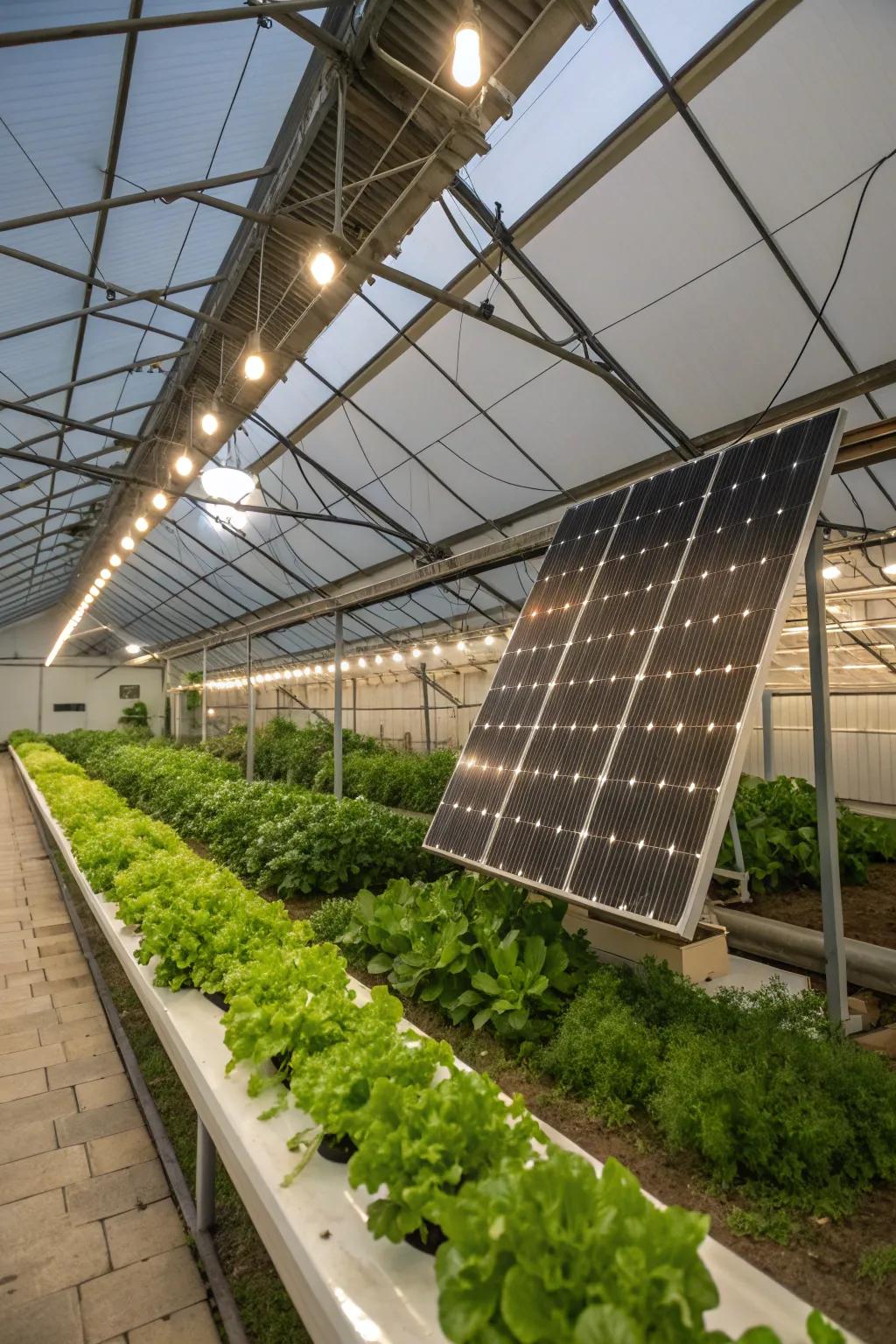
Harnessing solar power for your underground farm can make it eco-friendly and cost-effective. I installed solar panels, and they power my entire setup sustainably.
Try these:
- Solar Panel Kit: Invest in a solar panel kit to power your underground farm sustainably and efficiently.
- LED Grow Lights: Enhance plant growth with energy-efficient LED grow lights suited for solar systems.
- Battery Storage System: Store solar energy effectively with a reliable battery storage system for continuous farm operation.
15. Underground Mushroom Caves
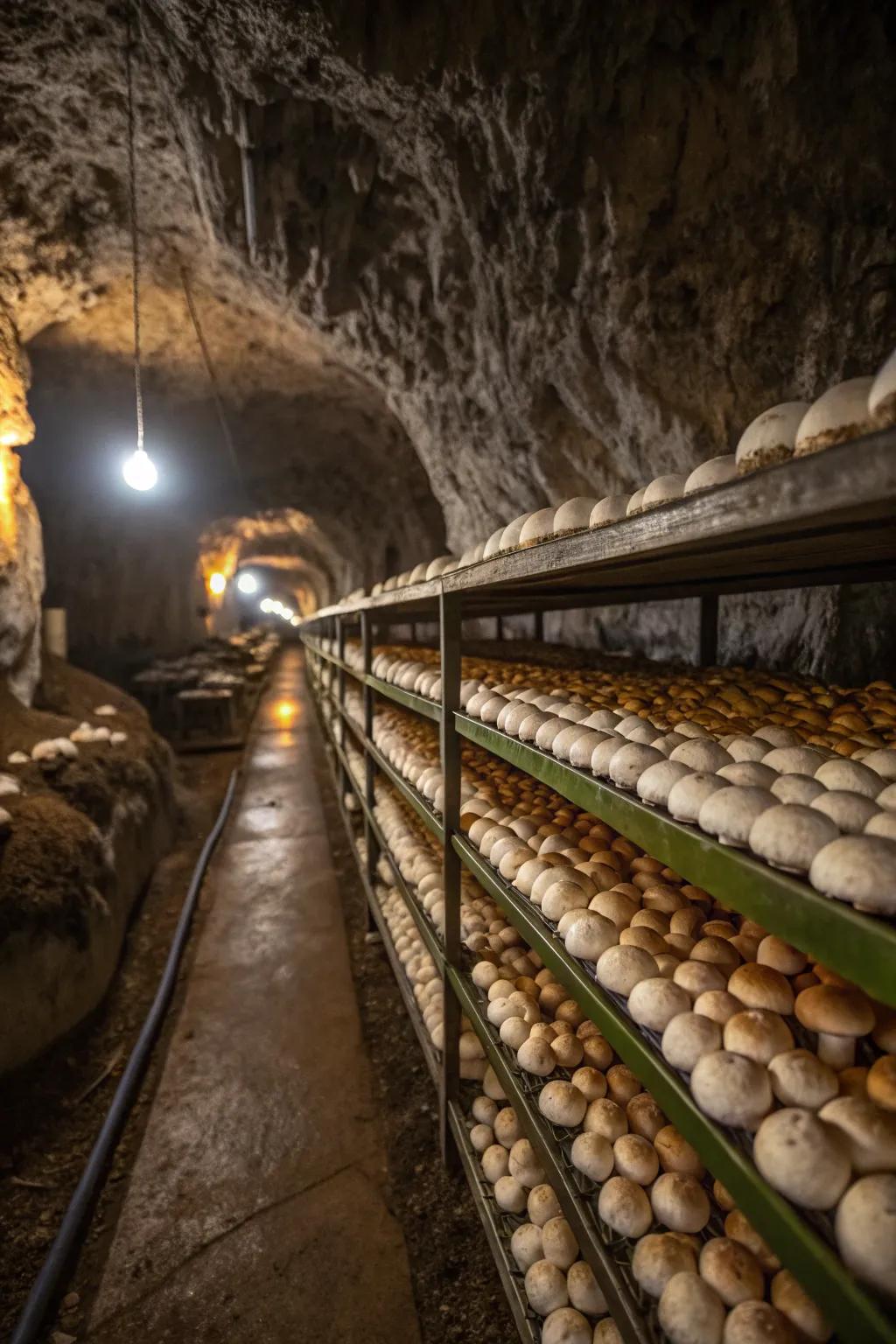
Transforming a basement or unused underground space into a mushroom cave can be a fun and rewarding project. I tried this in a small cellar, and the mushrooms were the talk of my last garden party!
May just do the trick:
- Mushroom Growing Kit: Kickstart your mushroom cave with this easy-to-use growing kit for beginners and pros alike.
- Humidity and Temperature Monitor: Ensure optimal conditions for your mushrooms with this precise humidity and temperature monitor.
- LED Grow Lights: Enhance mushroom growth in your cave with energy-efficient LED grow lights.
16. Underground Herb Gardens
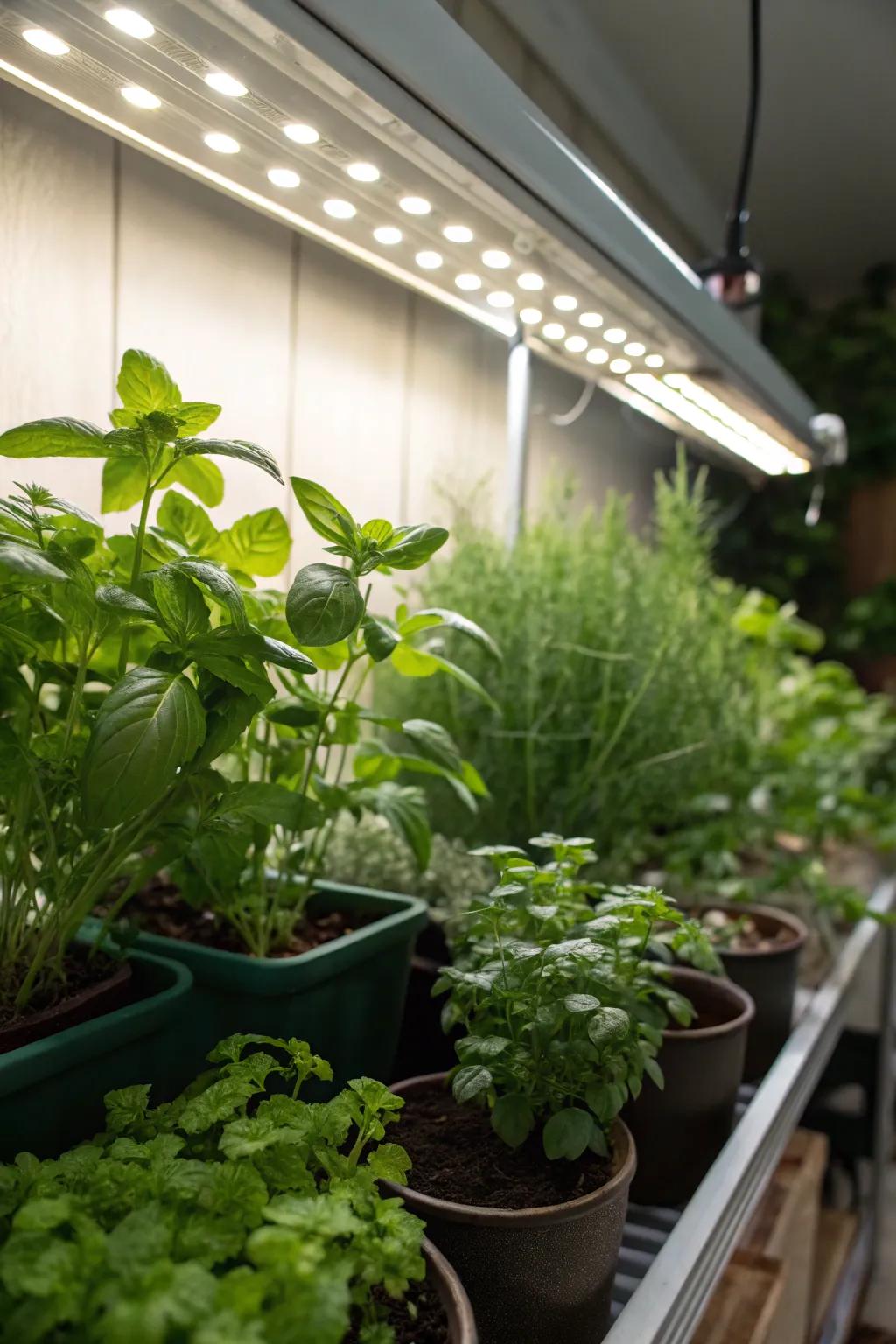
Growing herbs underground offers fresh flavors year-round. I have a small herb garden in my underground space, and the aroma is simply delightful!
These products might help:
- LED Grow Light Strip: Illuminate your underground herbs efficiently with this versatile LED grow light strip for optimal growth.
- Self-Watering Herb Planters: Ensure consistent moisture for your herbs with self-watering planters, perfect for easy underground gardening.
- Organic Herb Potting Soil: Provide essential nutrients to your herbs with rich organic potting soil suitable for underground gardens.
17. Aquaponics in the Basement
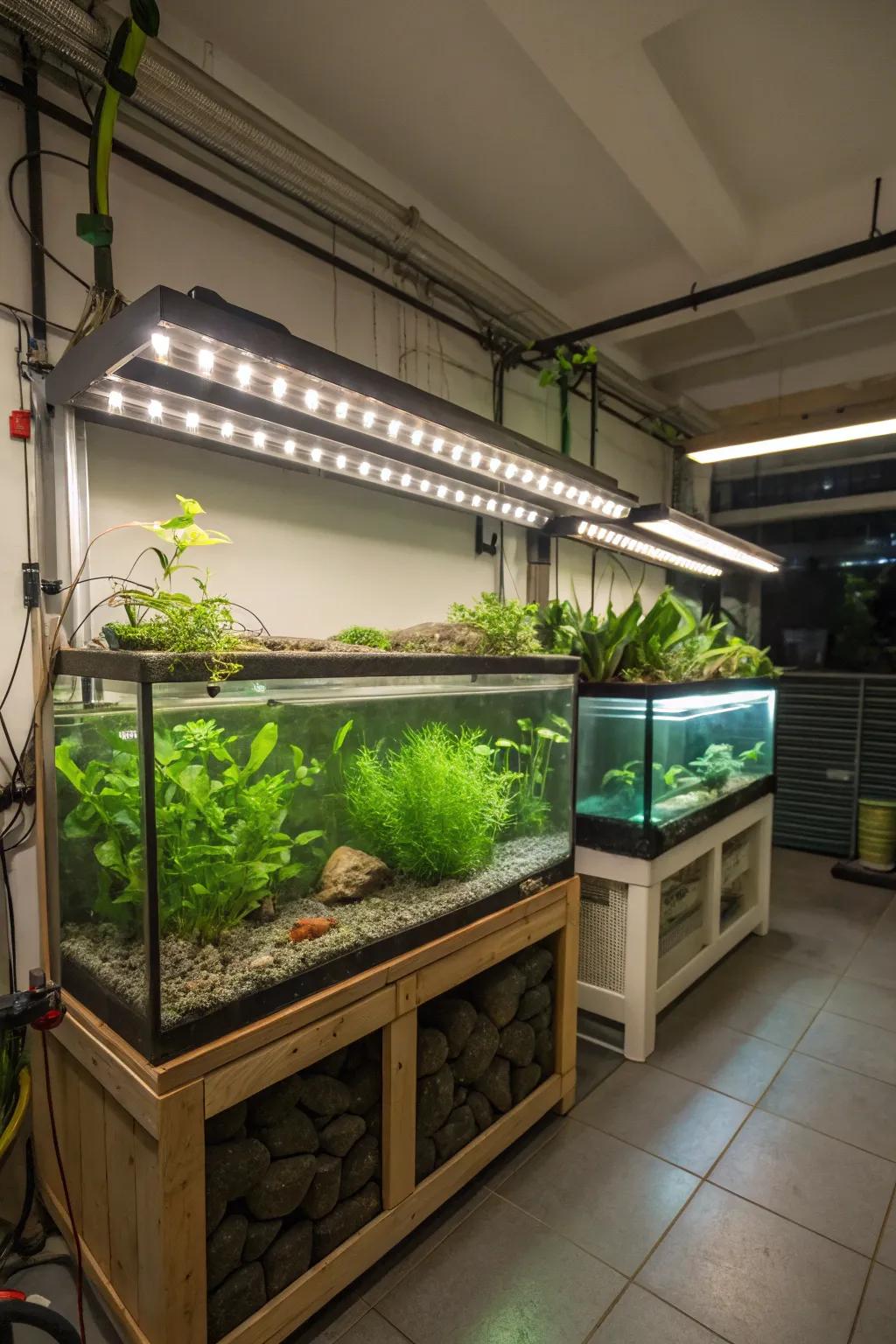
Combining fish farming with plant cultivation, aquaponics can turn your basement into a thriving ecosystem. I love watching how the fish and plants support each other in my own setup.
These products might be useful:
- Aquaponics Fish Tank: Set up a balanced ecosystem with a tank ideal for supporting fish and plant life.
- LED Grow Lights: Enhance plant growth efficiently with energy-saving LED grow lights perfect for indoor setups.
- Aquaponics Water Pump: Ensure optimal water circulation and oxygenation in your aquaponics system with a reliable water pump.


